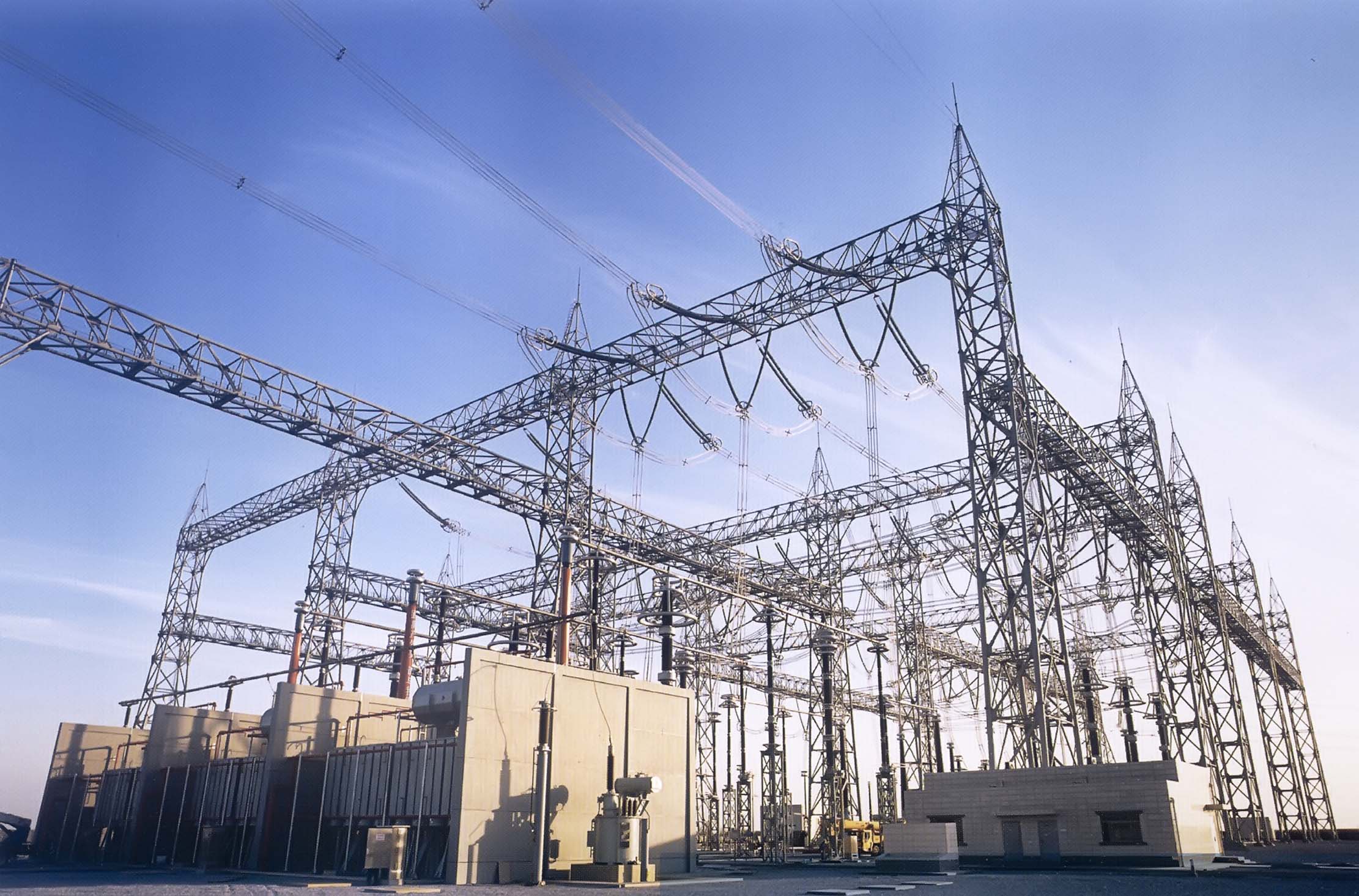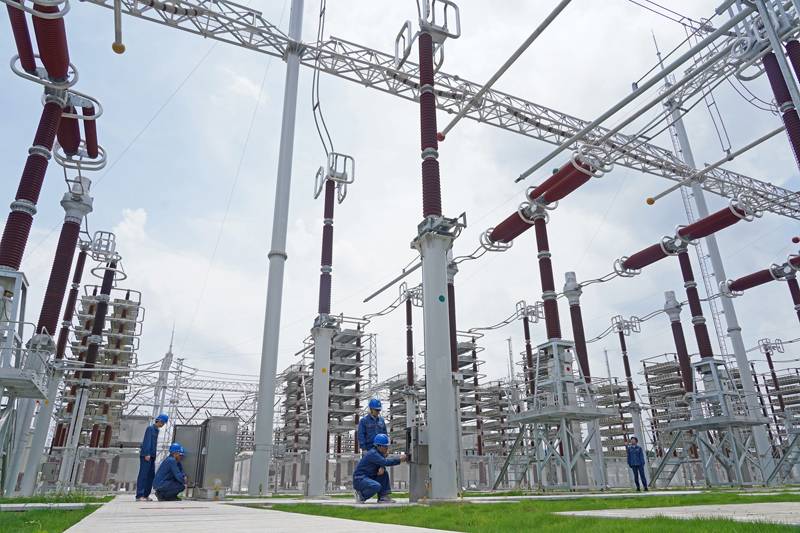Nexans has successfully passed the electrical type test for the world's first 525 kV DC SF6 airless cable terminal.
This has given many cable companies increased confidence in their ability to provide safer and more sustainable solutions for high-voltage DC cable connections, and brings them closer to achieving their future electrification goals.
As the importance of electricity continues to grow, so does the need for high-voltage direct current (HVDC) connections for offshore and onshore applications, as well as the need to decarbonize the grid.
This requires the development of new robust power network solutions.
High voltage DC power supply is also known as DC high voltage power supply.
It is a power supply that is fed by AC mains or three-phase electricity and outputs DC voltage above thousands of volts or tens of thousands of volts, with an output power of hundreds of watts to thousands of kilowatts, which can generally be regulated or current stabilized.
Earlier DC high-voltage power supply is the AC mains or three-phase power from the industrial frequency high-voltage transformer into AC high-voltage voltage, and then rectified and filtered to get DC high-voltage power.
Currently, insomnia on the high-voltage DC power technology due to the low current frequency is low, the size and weight of the power supply being relatively large, and poor conversion efficiency and stability.
With the development and maturity of switching power supply technology, the use of high-frequency switching conversion technology combined with the characteristics of high-voltage power supply and the development of DC high-voltage power supply has become mainstream.

The quality of the development of the power industry has been substantially improved for 30 years, the quality of the development of the global power industry has also been continuously improved, and the power structure has been continuously optimized.
In the world, most of the country's power industry equipment and technology level has been at the world's forefront.
Reduce Current Power Loss
Power loss is mainly caused by the loss of power transmission equipment heating, power transmission equipment heating is mainly related to the current.
Power and voltage current are directly proportional to the same power transmission voltage is higher then the current is smaller, the smaller the current caused by the transmission equipment heat is smaller, the smaller the loss.
Reduce the Cost of the Transmission System
Re-transmission equipment selection not only considers the voltage level but also considers the flow-carrying capacity. The larger the current required wire is thicker, the amount of material will increase. Transmission lines can easily be dozens of hundreds of kilometers appreciation of thousands of kilometers.
Conductor cross-section of each increase of one square millimeter, the amount is huge.
Aiming at products with reduced CO2 emission potential, Nexans has developed a complete 525 kV high-voltage DC cable system utilizing extensive and in-depth knowledge.
It is also equipped with SF6-free accessories, including dry gas-insulated switchgear (GIS) cable sealing ends, g3 gas-filled GIS cable sealing ends, and outdoor composite (or air-insulated switchgear - AIS) cable sealing ends.
Electrical type tests according to international standards (CIGRE TB 852 and IEC 62895) are completed at Nexans' high-voltage laboratory in Calais, France, and certified by an independent third-party organization.
The successful tests carried out so far are an important step in proving that SF6-free HVDC accessories are technically achievable.
It puts Nexans at the forefront of the development of innovative and advanced technical solutions for the grid, especially in the voltage classes of HVDC applications.
The main benefits of using SF6-free high-voltage accessories include reduced environmental impact, lower maintenance requirements, and increased reliability.
By eliminating the use of SF6 gas, cable terminations can reduce potential greenhouse gas emissions by 99% or more, which will contribute to the sustainability of the grid.
This technological breakthrough signifies Nexans' commitment to innovation and sustainability while reinforcing its strong position in electrification.

As high-voltage DC technology becomes better known to cable companies, people are becoming more than just limited to the normal range of high voltage.
In recent years, extra high voltage technology has become a common presence in people's mouths in the power engineering industry.
Extra high voltage technology, as the name suggests, has a higher voltage than the high voltage DC technology that is currently available.
Extra-high voltage power transmission technology refers to the power transmission technology of AC 1000 kV, DC ± 800 kV, and above voltage level, which has the advantages of long-distance, large capacity, low loss, and saving land resources compared with lower voltage transmission methods.
UHV transmission technology has the advantages of long-distance, large capacity, low loss, and land resource saving compared with high voltage or lower voltage transmission methods.
In particular, it can promote the development of high-end equipment manufacturing including converter valves, power electronics, new materials, etc., which is in line with the trend of industrial upgrading in each country.
On the other hand, the future development of ultra-high voltage transmission technology is also expected to solve the problem of long-distance transmission of electricity across the region, creating conditions for the large-scale development of renewable energy on the other side of the world.
ZMS cables believe that raising the voltage in the circuit will also face some problems, such as the most common is the insulation of power facilities, radiation problems, safety issues, and so on. As a result, high-voltage transmission lines are often constructed in off-the-beaten-path wildernesses and are elevated using electrical towers, also known as overhead cables, to ensure safety.